I am learning ClassLoader in Java, then I want to know, why JVM has many classloaders, why not only one? The one first load <Java_Runtime_Home>/lib, then load <Java_Runtime_Home>/lib/ext, and last load classpath.
If you have custom classloader, the system's first.
Somebody can tell me why JVM has many classloaders?
 Class loaders are hierarchical and use a delegation model when loading a class. Class loaders request their
parent to load the class first before attempting to load it themselves. When a class loader loads a class, the child
class loaders in the hierarchy will never reload the class again. Hence uniqueness is maintained. Classes loaded
by a child class loader have visibility into classes loaded by its parents up the hierarchy but the reverse is not true
as explained in the above diagram.
Class loaders are hierarchical and use a delegation model when loading a class. Class loaders request their
parent to load the class first before attempting to load it themselves. When a class loader loads a class, the child
class loaders in the hierarchy will never reload the class again. Hence uniqueness is maintained. Classes loaded
by a child class loader have visibility into classes loaded by its parents up the hierarchy but the reverse is not true
as explained in the above diagram.